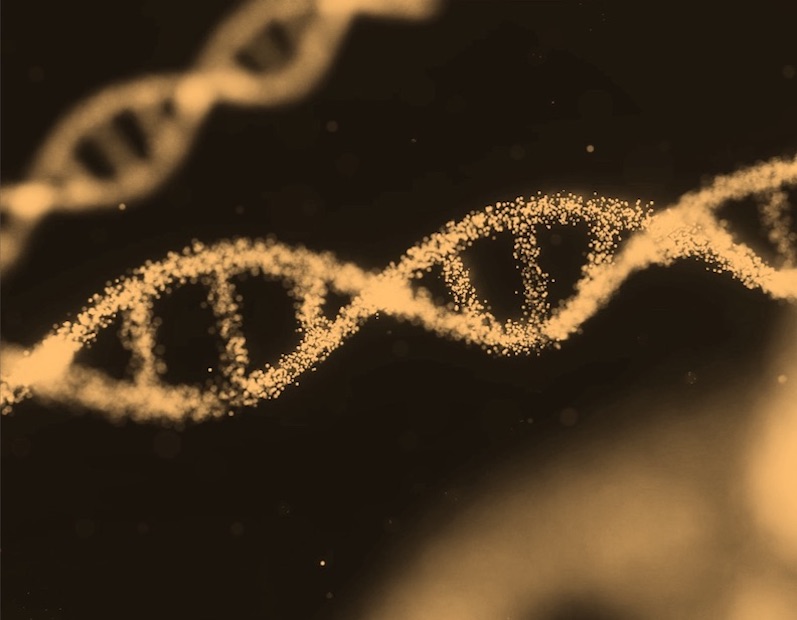What is it about?
The hydroxyl radical exhibits complex predissociation dynamics in its first excited state through interactions between bound states and nearby unbound states. This results in significant energy level broadening in these excited bound states. The broadening width due to spin-orbit interactions of the first excited state are studied and rovibrationally resolved lifetimes for this state are presented.
Featured Image

Photo by Aron Visuals on Unsplash
Why is it important?
In the context of astronomical spectroscopy, some regions can be optically thick. As such, the spectrum for pure bound to bound transitions can become obfuscated by an overall saturation of the spectrum. Predissociation spreads out the intensity as the upper state is not necessarily purely bound, but rather quasi-bound due to couplings with the continuum. When predissociation dynamics are included in the model, this results in an overall reduction in intensity in the predissociation region. This allows for astronomers to detect hydroxyl in optically thick regions, where previously this may not have been possible due to oversaturation. Hydroxyl is also of high significance terrestrially, as a constituent of the Earth's atmosphere and as a product of combustion.
Perspectives
Hydroxyl's spectroscopic and dissociative character is very interesting and it has been a great pleasure to work on. There is significant correlation between different electronic states, making it a challenge to model. It also has a strong and complex predissociation and photodissociation which is not only enjoyable to study, but also has significant implications for detection in space. There is a lot of interesting Physics in this one small molecule!
Mr Georgi Bogdanov Mitev
University College London
Read the Original
This page is a summary of: Predissociation dynamics of the hydroxyl radical (OH) based on a five-state spectroscopic model, The Journal of Chemical Physics, April 2024, American Institute of Physics,
DOI: 10.1063/5.0198241.
You can read the full text:
Contributors
The following have contributed to this page







